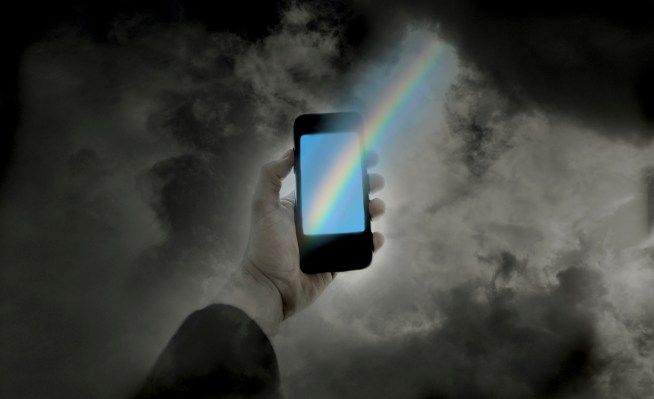After concerns that its Restricted Mode hides videos with LGBT content, YouTube stated that it “regrets any confusion.”
In a tweet on its YouTube Creators account, the company said:
“We are so proud to represent LGBTQ+ voices on our platform—they’re a key part of what YouTube is all about. The intention of Restricted Mode is to filter out mature content for the tiny subset of our users who want a more limited experience. LGBTQ+ videos are available in Restricted Mode, but videos that discuss more sensitive issues may not be. We regret any confusion this has caused and are looking into your concerns. We appreciate your feedback and passion for making YouTube such an inclusive, diverse, and vibrant community.”
A YouTube spokesperson also sent a canned statement to TechCrunch that said “Restricted Mode is an optional feature used by a very small subset of users who want to have a more limited YouTube experience. Videos that contain LGBT topics are available in Restricted Mode, however, some videos that cover subjects like health, politics and sexuality may not appear for users and institutions that choose to use this feature.”
[UPDATE: After its somewhat tepid initial response, YouTube has delivered a more direct apology about Restricted Mode’s shortcomings: “The bottom line is that this feature isn’t working the way it should. We’re sorry and we’re going to fix it.”]
The filtering of LGBT content began gaining attention last Thursday, when YouTuber Rowan Ellis posted a video about the issue titled “YouTube is Anti-LGBT?”
In addition, the hashtags #YouTubeIsOverParty and #YouTubeRestricted started trending on Twitter over the weekend, with other users reporting that their videos about LGBT topics were hidden in Restricted Mode.
Just looked at my videos with the “restricted mode” on. Seeing a bit of a theme here…
LGBT+ content not safe for kids @YouTube? pic.twitter.com/KnhayE4h1y
— fiona ✨ (@neonfiona) March 16, 2017
According to YouTube, Restricted Mode relies on “community flagging, age-restrictions, and other signals to identify and filter out potentially inappropriate content.” It is frequently used by parents, as well as schools, libraries and other institutions, to keep children from finding videos with porn, graphic violence and other objectionable content.
Videos referencing same-sex relationships, however, were also being hidden (including one of a lesbian couple’s wedding ceremony, notes Gizmodo). Ellis, who has about 22,600 subscribers and focuses on “pop culture from a feminist and queer perspective,” according to her YouTube bio, claimed that about 40 of her videos had been filtered out of Restricted Mode.
Even if the censorship is an accident, it has a pernicious effect because it makes it harder for LGBT kids to find support, Ellis said in her video about the issue: “I think it’s really important to look at why LGBT content has been deemed as inappropriate. This goes far beyond just a mistake that YouTube might have made and they are going to draw attention to and fix later.”
“YouTube is one of the only places that queer and trans youth, gay youth, bisexual youth, pansexual youth, asexual youth, any of these kids, have a way into community, have a way into knowledge, have a way of feeling that they are not alone,” she added.
